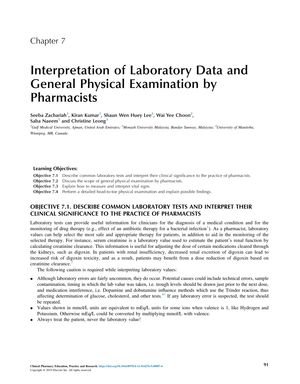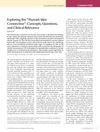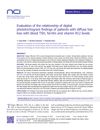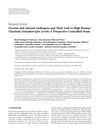Interpretation of Laboratory Data and General Physical Examination by Pharmacists
January 2019
in “
Elsevier eBooks
”

TLDR Pharmacists should interpret lab data and perform physical exams to improve patient care.
The document from 2019 outlines the role of pharmacists in interpreting laboratory data and performing general physical examinations to enhance patient care. It details the clinical significance of various lab tests, including those for kidney, liver, and thyroid function, as well as lipid profiles and markers for myocardial injury. Normal ranges for serum creatinine, BUN, bilirubin, TSH, HDL-C, and triglycerides are provided, along with the importance of these tests in guiding medication dosing and monitoring treatment efficacy. The document also instructs pharmacists on conducting physical examinations, including vital signs measurement and assessment of the head, neck, limbs, and skin for signs of systemic disorders. It emphasizes the need for pharmacists to integrate assessment skills into their practice, be knowledgeable in anatomy and pathophysiology, and communicate effectively with other healthcare practitioners. The document does not report on a study with participants but serves as a guideline for pharmacists.




